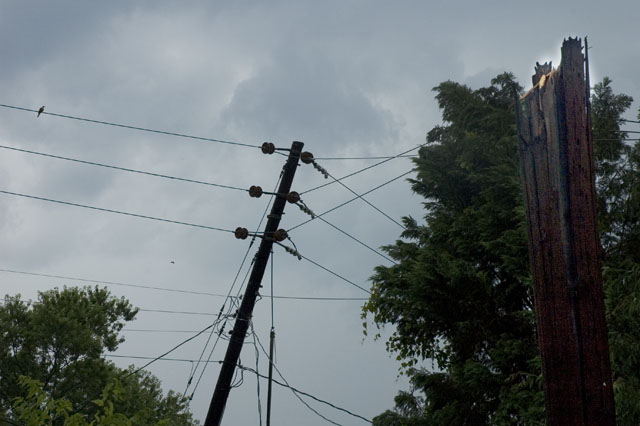
The death of DSL?
If your local phone company does not offer fiber-to-the-home service, it risks seeing its market share as a broadband competitor drop to zero, according to new research from Wall Street analyst firm MoffettNathanson.
As the cable industry prepares to deploy DOCSIS 4.0, capable of much faster upload speeds in the gigabits and downloads as fast as 10 Gbps, the future of telephone companies that have under-invested in their networks for years is dire. The research firm’s “Equilibrium Forecast” sees DSL’s market share in areas where cable broadband is available dropping to zero. Phone companies that have invested in fiber half-measures, including fiber to the neighborhood, IP-DSLAM, and VDSL technology that traditionally delivers internet speed between 25-75 Mbps are not far behind. Only true fiber-to-the-home service stands a chance at protecting phone company broadband market share.
“DSL [and] mid-tier [fiber/copper combinations are both] obsolete,” researchers said in a private note to investors. “Broadband is increasingly a two-horse race between cable and telco fiber-to-the-home service, where it exists.”
The COVID-19 pandemic has only increased problems at the nation’s legacy phone companies, as customer losses accelerate in favor of cable company delivered internet. In the first quarter of 2020, cable company broadband sign-ups increased 122% compared to the same quarter last year, while phone companies said goodbye to at least 65,000 subscribers. Last year during the first quarter, telcos managed to add 20,000 customers.
 Leichtman Research Group reports that most customers are looking for stable and reliably fast internet service, and phone company DSL delivers neither. Having a speedy and dependable connection has become crucial as tens of millions of Americans work from home to avoid contracting the illness. Sharing that internet connection with kids staying home from school quickly caused a spike in upgrade orders.
Leichtman Research Group reports that most customers are looking for stable and reliably fast internet service, and phone company DSL delivers neither. Having a speedy and dependable connection has become crucial as tens of millions of Americans work from home to avoid contracting the illness. Sharing that internet connection with kids staying home from school quickly caused a spike in upgrade orders.
“The increased level of usage was enough to convince many customers that they needed higher speeds to handle the number of simultaneous users in their home,” MoffettNathanon wrote.
Many phone companies lacking fiber were unable to deliver on upgrades, and customers that could went shopping for alternatives. At the same time, large DSL providers like Frontier Communications and Windstream have become mired in bankruptcy and have been losing residential customers for years. MoffettNathanson told its investor subscribers it was time to declare DSL effectively dead as a competing technology, with fiber service variants like U-verse and other flavors of VDSL near-dead.
“As with legacy DSL, it is increasingly clear that this segment is simply not competitive anymore. Equilibrium market share in this cohort, if one looks out far enough, is 100/0.”
MoffettNathanson expects cable operators will achieve an 85% market share for broadband service in markets where their chief competitor is a phone company yet to provide fiber-to-the-home service. If phone companies do not embark on immediate fiber upgrades, the damage to their market share could be permanent, especially after DOCSIS 4 arrives, according to the researchers, because the newest cable broadband platform may be able to erase fiber’s speed advantage.


 Subscribe
Subscribe
This is the fault of Wall Street.
I’d be surprised if anyone in my local area is still even using CenturyLink. They still only offer 6Mbps for me LOL, thus Charter has an effective monopoly here. I’m still on the Legacy TWC ELP plan, as I would rather not pay ~$70/month for the base Spectrum package.